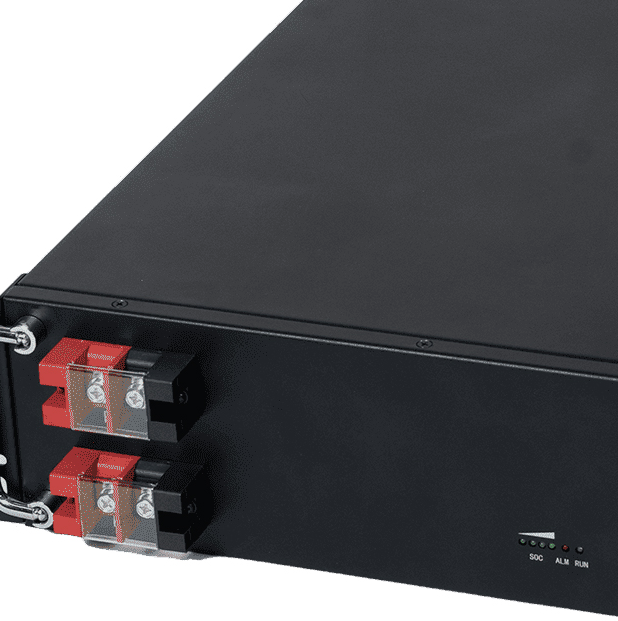Setting up a battery backup power supply at home is an important measure to ensure the stability of the power supply. The following details the steps and considerations on how to set up a backup battery power supply in your home. First, we need to understand the type and specifications of battery backup power supply. The backup battery power supply mainly has two types of lithium-ion batteries and lead-acid batteries, and the specifications are selected according to the household electricity demand and space size. When choosing, ensure that the capacity and power of the battery can meet the electricity needs of household appliances, and pay attention to the safety and stability of the battery.
Next, we need to prepare the necessary equipment and materials. This includes backup batteries, inverters, cables, connectors, etc. The inverter is a key device that converts direct current into alternating current to ensure that home appliances can be used normally. Cables and connectors are used to connect batteries and inverters to form a complete backup power system. Then, we can start installing battery backup power supply. First, choose a suitable location to place the spare battery, which should be away from heat and wet environment to ensure the safe and stable operation of the battery. Then, connect the battery to the inverter to ensure that the connection is strong and reliable. Finally, the inverter is connected to the home circuit so that when the main power fails, the backup power supply can automatically switch power supply.
Having a battery backup power supply in your home is very important, especially to keep your home powered in case of emergencies. Here's how to set up backup battery power at home to give you a better idea of how to deal with unexpected situations.
first, you need to select suitable for family use spare batteries. Common backup batteries are lead-acid batteries, lithium batteries and so on. Lead-acid battery price is cheaper, but the life is shorter; Lithium battery life is longer, but the price is higher. Choose the appropriate backup battery according to the power and use time of the household electrical equipment.
In addition to spare batteries, you also need to buy an inverter and a charge controller. Inverter can convert direct current into alternating current, so that household appliances can be used normally; The charge controller can manage the charge of the spare battery to maintain the life and performance of the battery.

when purchasing a good backup battery, inverter and charge controller, need to be properly installed and connected. First, ensure that the equipment is placed in a ventilated and dry place, away from fire sources and moisture. Then follow the instructions on the manual to connect the inverter, charge controller and backup battery.
Once the battery backup power supply system is set up, periodic inspection and maintenance is required. Periodically check the power level of the standby battery to ensure that the standby battery is in the charging state; Clean the battery surface to prevent dust from affecting heat dissipation. Regular maintenance can extend the life of the backup battery power system.
In general, it is very necessary to set up a backup battery power supply at home, which can ensure the family power supply in the case of power outages or other emergencies. By choosing the right backup battery, purchasing the inverter and charge controller, correctly installing the connected equipment, and regular inspection and maintenance, you can better respond to various emergencies and ensure the normal operation of family life.
In the process of setting up the battery backup power supply, there are also some things to pay attention to. First of all, ensure that the batteries and inverters used meet safety standards to avoid the use of inferior products leading to safety risks. Second, check the operation of the backup power system regularly to ensure that it is in good condition. In addition, pay attention to the battery charging and discharge management to avoid overcharging or discharge resulting in battery damage. In addition, although the backup battery power supply can protect the household electricity demand to a certain extent, it cannot completely replace the main power supply. Therefore, in daily life, we also need to pay attention to saving electricity and reducing unnecessary power waste. Setting up a home backup battery power supply is a complex and important process that requires selecting the right battery and inverter, paying attention to the installation location and connection method, and carrying out regular maintenance and inspections. Through reasonable setting and management, we can ensure the stability and safety of household electricity consumption.